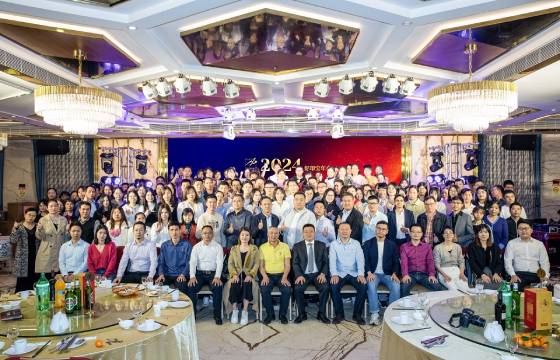Inkjet-printable Chip Helps on Disease Diagnosis
 Researchers have unveiled a US$0.01 cost biochip printed by ordinary inkjet printer for use in cell manipulation and diagnosis, according to TonerNews.
Researchers have unveiled a US$0.01 cost biochip printed by ordinary inkjet printer for use in cell manipulation and diagnosis, according to TonerNews.
Isolation and characterization of rare cells and molecules from a heterogeneous population is of critical importance in diagnosis of common lethal diseases such as malaria, tuberculosis, HIV, and cancer. Researchers at the Stanford University School of Medicine have recently developed a lab-on-a-chip platform and claimed that their chip is able to separate cells on the basis of its intrinsic electrical properties.
As reported by Phys.org, the reusable lab-on-a-chip platform, which can be produced in about 20 minutes, integrates microfluidics and electronics with inkjet printing technology. The platform features a clear silicone microfluidic chamber for housing cells and a reusable electronic strip. And it applies a regular inkjet printer to print electronic strip onto a flexible sheet of polyester with commercially available conductive nanoparticle ink.
With an electric potential is applied across the inkjet-printed strip, cells loaded into the microfluidic chamber are attracted to different directions by their level of polarization during dielectrophoresis. The new method has replaced the typical means to track cells with fluorescent or magnetic labels, which has greatly improved precision and reduced lengthy labeling processes when analyzing cells.
Researchers say that the biochip is of low costs, ease of use and broad applicability and allows clinicians to sequence tumor DNA to identify specific mutations and thus recommend personalized treatment plan. It also has the potential to diagnose cancer early by detecting tumor cells that circulate in the bloodstream.
“The new technology could usher in a medical diagnostics revolution like the kind brought on by low-cost genome sequencing,” said Ron Davis, PhD, professor of biochemistry and of genetics and director of the Stanford Genome Technology Center. “The genome project has changed the way an awful lot of medicine is done, and we want to continue that with all sorts of other technology that are just really inexpensive and accessible.”
“I’m pretty sure it will open a window for researchers because it makes life much easier for them—just print it and use it,” he added.
Click here to send us your news.




Leave a Comment
Want to join the discussion?Feel free to contribute!